Expert Tips: How to Maximize Your AC’s Cooling Potential
When the summer months hit with sweltering temperatures, there’s nothing quite like having a powerful air conditioning system to create a comfortable living space. However, simply cranking up your AC to maximum power isn’t always an effective or cost-efficient way of keeping cool. Whether you’re trying to save on bills or improve your home’s energy efficiency, maximizing your AC’s cooling potential is key. In this article, we’ve gathered expert tips and tricks from HVAC professionals on how to get the most out of your air conditioning unit without breaking the bank.
Understanding Your AC’s Capacity and Limitations
Understanding your AC’s capacity and limitations is crucial to keeping it functioning optimally. Every air conditioning unit has a specific cooling capacity measured in BTUs (British Thermal Units). This number refers to the amount of heat your AC can remove from an average-sized room in one hour. Knowing your AC’s cooling capacity will help you determine how many units you need for each room or space, helping you avoid overloading circuits, which could cause damage.
Aside from its cooling capacity, determining your AC’s limitations such as the optimal temperature range is important. Most air conditioners have a temperature range requirement between 18°C-26°C (64°F – 79°F) for optimal performance and efficiency. Setting it lower than this may not only decrease performance but also might increase energy costs due to excessive strain on the motor and compressor system.
Overall, having an understanding of both your AC’s limits and capacities will allow you to optimize its function effectively while saving money efficiently. Find out more about proper maintenance plans that match these ideas by consulting with HVAC professionals who can offer personalized recommendations based on various needs!
The Importance of Proper Maintenance and Cleaning
Proper maintenance and cleaning of your air conditioning unit is essential in ensuring its optimal performance and longevity. Regular servicing by a licensed HVAC professional can significantly improve the efficiency of your AC, leading to reduced energy costs and a more comfortable indoor environment. Neglecting routine maintenance can result in clogged filters, blocked vents, leaks or other damage that impairs the system’s cooling ability and pushes up utility bills.
Not only does regular maintenance keep your AC running efficiently, but it also promotes better indoor air quality by removing allergens, dust particles, humidity and odors from the circulating air. Filthy coils or ducts are breeding grounds for bacteria or mold growth which may cause respiratory issues for occupants especially those with allergies or asthma. A well-maintained system helps you breathe easier while keeping hot summer temperatures at bay- making proper maintenance an absolute must for homeowners looking to optimize their home comfort level this season.
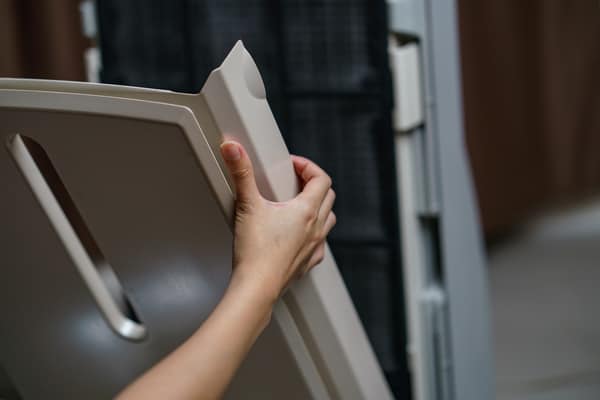
Upgrading Your AC: When to Repair or Replace
When it comes to upgrading your AC, the decision to repair or replace can often be confusing. In some cases, a simple repair may suffice to make your unit more efficient and effective at cooling your home. However, if you find that repairs are becoming frequent and costly, it may be time for a replacement. It’s important to consider factors such as age of the unit, energy efficiency ratings, and overall performance when making this decision.
If you’re unsure whether your AC needs repair or replacement, it’s best to consult with a professional HVAC technician who can assess the condition of your unit and provide recommendations based on their findings. Investing in a new high-efficiency air conditioning system may seem daunting initially but can result in long-term savings in both energy costs and maintenance expenses. Ultimately, weighing the pros and cons of each option will help you determine which route is best for improving the cooling power of your home’s AC system.
Setting the Right Temperature and Fan Speed
Setting the right temperature and fan speed for your air conditioning unit can greatly impact its efficiency. On hot summer days, it’s tempting to set the thermostat as low as possible, but this can result in skyrocketing energy bills. Experts recommend setting your AC to a comfortable temperature between 72-78°F, depending on your personal preference. Additionally, adjusting the fan speed can help circulate cool air more efficiently throughout your home.
To maximize energy savings, use a programmable thermostat that allows you to automatically adjust temperatures based on your schedule and preferences. Additionally, make sure to regularly clean or replace air filters – dirty filters decrease airflow and reduce cooling efficiency. By taking these simple steps to optimize temperature and fan settings, you can enjoy a comfortably cool home while reducing water and electricity costs.
Maximizing Energy Efficiency with Smart Thermostats
Maximizing energy efficiency with smart thermostats is a great way to keep your home cool and comfortable during the hot summer months. Smart thermostats work by using sensors to detect temperature and humidity levels, adjusting cooling output accordingly. In addition, they can be easily programmed to operate at specific times of day, reducing energy waste when no one is home.
To make the most of your smart thermostat system, it’s important to select an appropriate set-point temperature for your home based on outdoor temperatures and personal preferences. Experts generally recommend setting the AC at 78 degrees Fahrenheit during peak daytime hours and gradually lowering it in the evening if desired. By staying within this recommended range, you’ll ensure optimal comfort while minimizing wasted energy.
Overall, maximizing energy efficiency with smart thermostats provides homeowners with a cost-effective solution for keeping their homes cool all summer long while also reducing their carbon footprint. With proper setup and programming, these advanced HVAC systems can help you stay comfortable without breaking the bank or harming the environment.
Improving Airflow and Ventilation in Your Home
Improving airflow and ventilation in your home is an essential step towards creating a comfortable living space, especially during hot summer months. One effective way to improve airflow is by cleaning or replacing air filters regularly. Dirty filters can prevent air from flowing efficiently through the system, causing strain on your AC unit and increasing bills. Vents should also be opened and free of any obstructions such as furniture or curtains, allowing cool air to circulate easily throughout the room.
Installing ceiling fans in every room of the house is another efficient way to achieve improved airflow. Ceiling fans help distribute cool air more effectively while minimizing dependence on AC units that consume high energy levels and are expensive to operate over extended periods. By working together with air conditioning systems or standing alone, ceiling fans offer superior comfort at a lower cost per use.
Finally, properly sealing doors and windows set the stage for adequate ventilation within your home by preventing hot outside temperatures from sneaking into indoor spaces. Drafts around windowsills should be sealed using adhesive weather-stripping tape available in many hardware stores; window shades should also remain drawn throughout sunny mornings when temperatures begin rising quickly outdoors. Optimizing airflow not only helps you save money but enhances health benefits by eliminating excess moisture trapped inside poorly ventilated spaces that might cause mold growth leading to respiratory issues such as asthma attacks or allergic reactions among susceptible individuals like allergy sufferers alike!
Tips for Keeping Cool Without Overworking Your AC
Summer can be brutal, especially when temperatures soar to unbearable levels. But relying solely on your air conditioner could lead to higher energy bills or even system breakdowns. To keep cool without overworking your AC, start by sealing any leaks and insulating doors and windows. This ensures that cold air stays inside while hot air is kept outside.
Another tip for keeping cool without cranking up the AC is to use ceiling fans or standalone fans. These help circulate the air in a room while providing a refreshing breeze that can make you feel cooler instantly. Additionally, turning off appliances and electronics when they’re not in use will reduce the amount of heat generated inside your home.
By following these tips, you can stay comfortable throughout summer without putting undue pressure on your cooling system or spending too much money on energy bills.
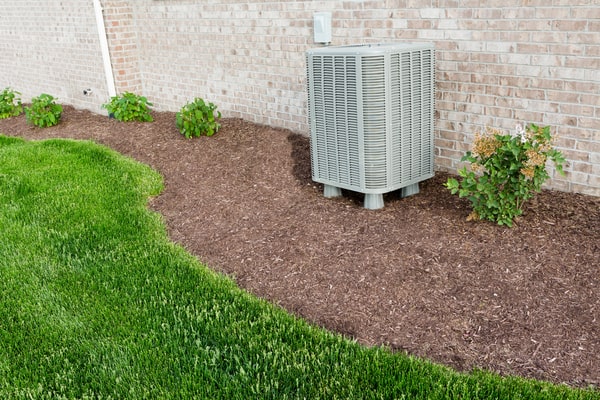
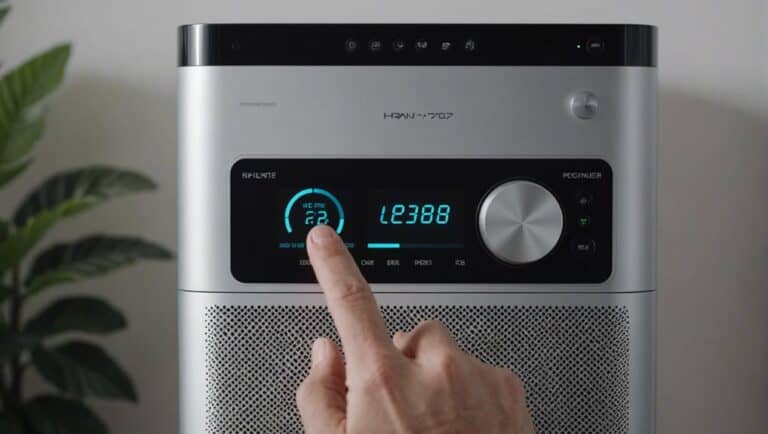
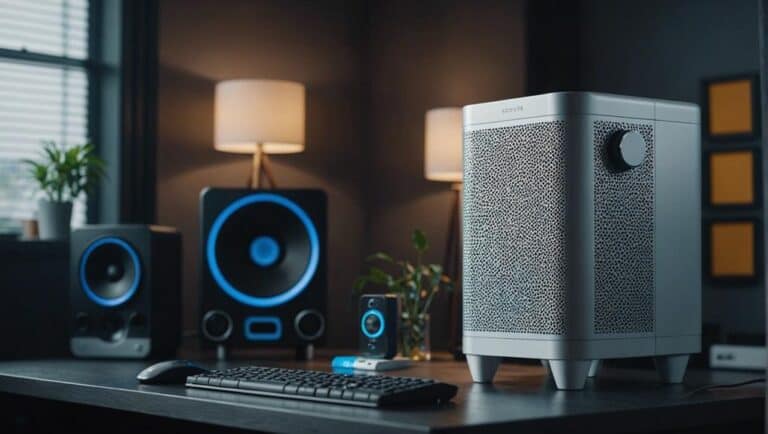
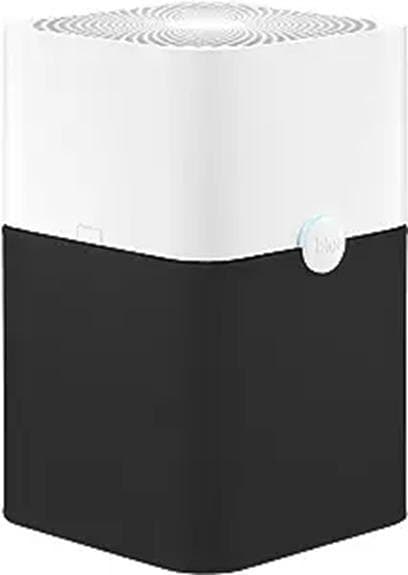

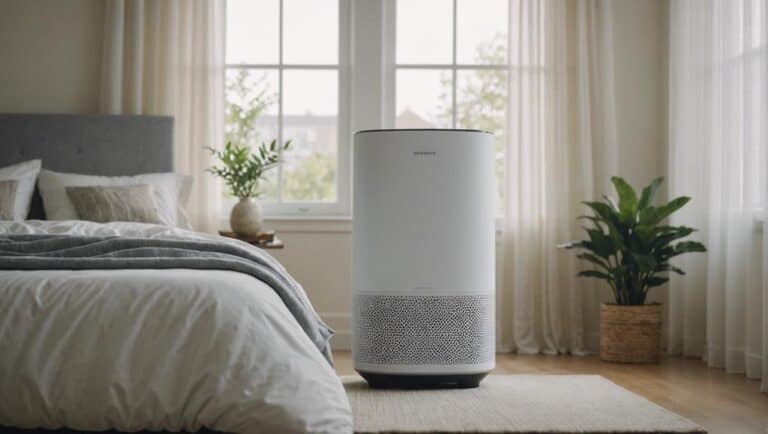

One Comment